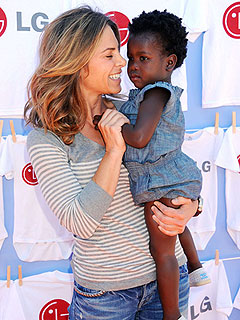MEXICO CITY — Mexico’s attorney general said Monday that a buildup of gas ignited by a spark from a faulty electrical system had caused the explosion at the headquarters of Mexico’s state-owned oil company, which killed at least 37 people last week.
Jesús Murillo Karam, the attorney general, said a team of investigators from Mexico, Spain, the United States and Britain had found no evidence of explosives. He noted that there were no burn marks like those usually produced by explosives, nor were there signs of a crater, nor did investigators find any bomb-making materials in the office building where the blast occurred Thursday, just behind the company’s Pemex tower.
“We found no residue of any kind of explosive device,” Mr. Murillo said. He added that it had been a “diffuse” explosion, causing damage consistent with an accumulation of gas. The pressure pushed several floors of the building up, he said, and then they fell, collapsing on dozens of workers, including two more found dead this weekend buried in the rubble.
His explanation, delivered at a news conference late Monday, brought to a close several days of speculation. The government had been heavily criticized for not sharing enough information about the cause even as experts warned that investigations of this kind often take several days to figure out.
There are still some unanswered questions. Mr. Murillo said officials had yet to discover the source of the gas, which had built up in the basement of the building. Investigators believe it was methane that leaked from several ducts and tunnels underneath or connected to the building, he said. Why they leaked, who failed to notice (Pemex is responsible for inspecting its own buildings) and what exactly caused the gas to explode have not been clearly determined.
Mr. Murillo said that while there appeared to be no evidence of criminal wrongdoing, criminal charges were still a possibility.
When the blast occurred in the basement of an administrative building next to the 52-story tower, about 4 p.m. Thursday, windows shattered, the ground shook and thousands of panicked employees fled.
At the time, company officials said there was significant damage to the first floor and mezzanine of the building, and witnesses said they saw rescue workers helping trapped employees who had been pinned under falling debris, while others dragged out the injured and the dead.
The future of Pemex is a subject of debate. The national institution has been plagued by declining production, theft and an abysmal safety record that includes a major pipeline explosion almost every year. A pipeline blast in September killed 30 workers.











